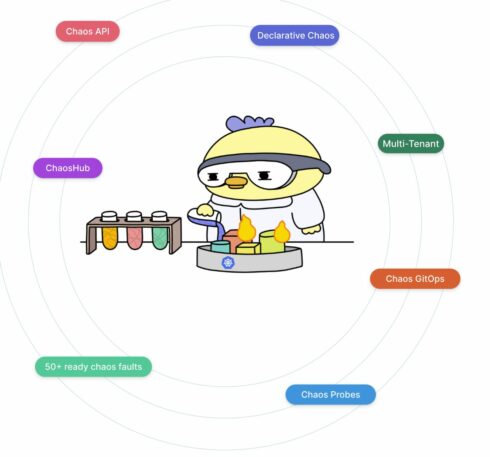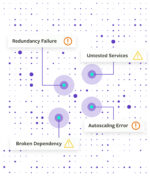
This week’s highlighted open-source project is Litmus, which is a platform for conducting chaos engineering tests, which identify weaknesses in infrastructure so that they can be addressed before they become real issues.
The project is made up of a control plane called chaos-center, which allows you to construct, schedule, and visualize chaos workflows, and an execution plane that executes and monitors experiments.
It also includes custom resources, such as ChaosExperiment, which groups configuration parameters of a fault, and ChaosEngine, which links a Kubernetes service, node, or infrastructure component to a fault.
Each chaos experiment provides detailed information, such as the success of each validation constraint, the revert/rollback status, and the verdict of the experiment. These results can be exported as Prometheus metrics.
According to the project’s website, setting up a chaos experiment onlys take a couple of minutes and the project has little to no learning curve.
The maintainers explained that one of the main benefits of Litmus is that it allows you to start small, with just a few chaos experiments, and then scale up after receiving buy-in from leadership on the benefits of chaos engineering after those initial experiments.
The project is currently hosted by the CNCF. It was originally created by ChaosNative and first accepted into the organization in June 2020 and switched to the Incubating status in January 2022.
It is currently used by a number of companies across many different industries, including Adidas, Intuit, Red Hat, and VMware.
“Litmus was our top choice when it came to developing our cloud native chaos scenarios; its extensive list of experiments, open source nature, and friendly community gave us all the ingredients we needed to successfully complete our goals,” said Jordi Gil, senior software engineer at Red Hat.
The most recent release at the time of this writing is 3.0, which introduced new features like Environments for organizing chaos infrastructure, Chaos Studio to enable a simpler process for fine-tuning chaos experiments, and an improved UI.








